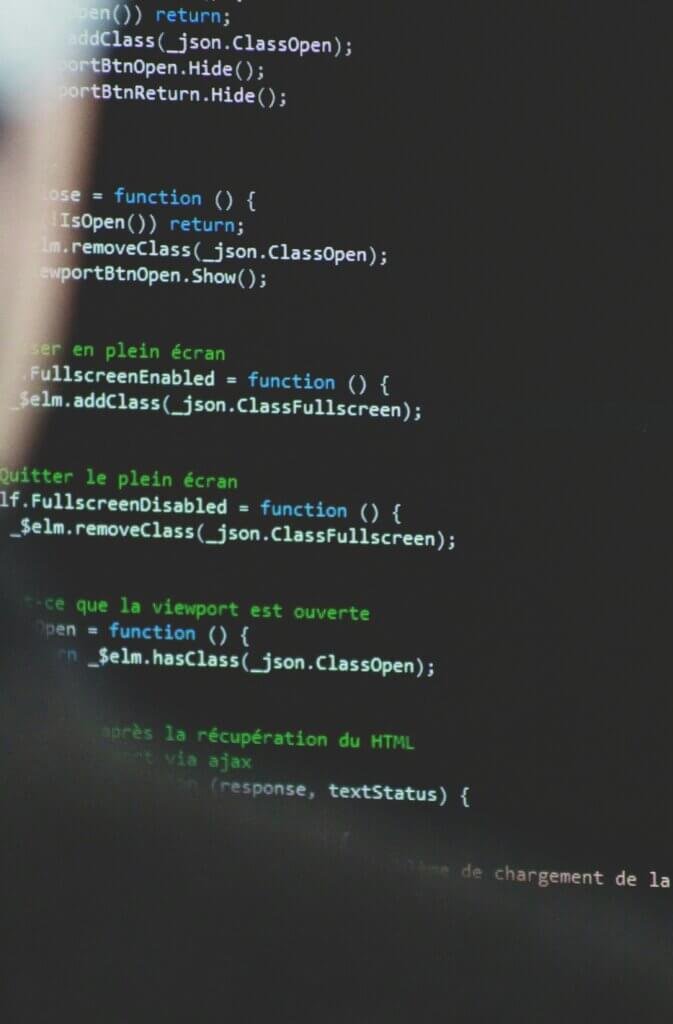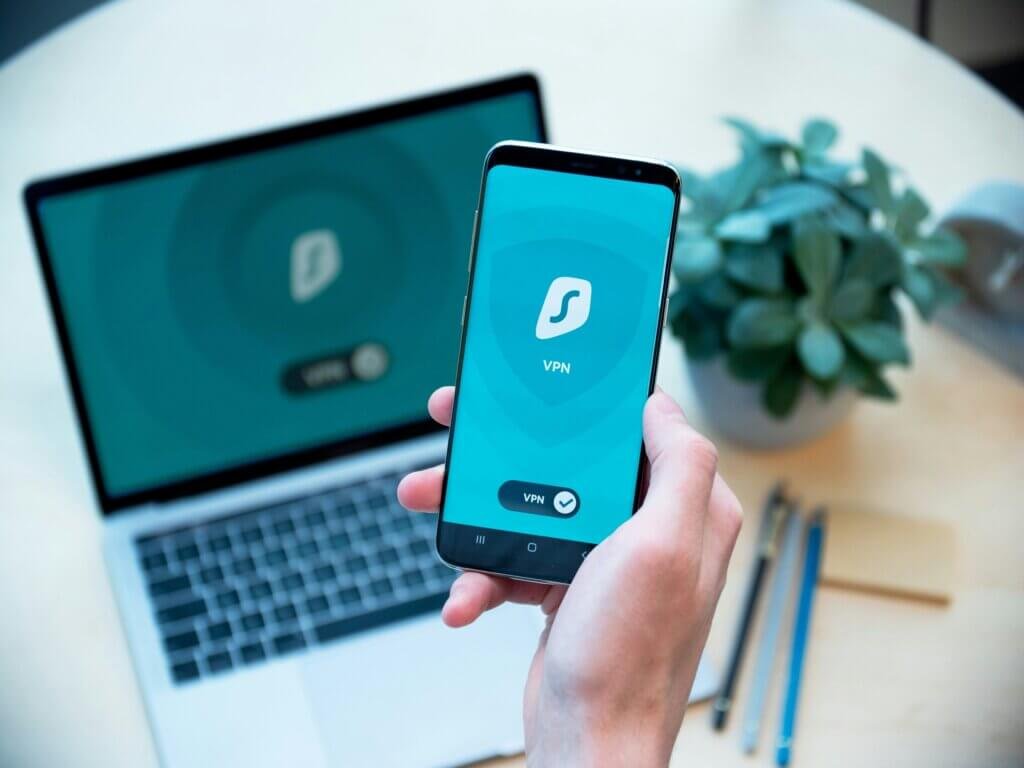You’ve put a lot of time and effort into creating your blog and sharing your passion with the world. But have you ever stopped to think about the security of your blog? In this article, we’ll explore the importance of securing your blog and share some simple yet effective ways to protect it using the latest security technology. From strengthening your passwords to installing security plugins, we’ve got you covered. So, grab a cup of coffee, sit back, and let’s ensure your blog is safe and sound!

Choose a Reliable Web Hosting Provider
When it comes to securing your blog, choosing a reliable web hosting provider is essential. Conduct thorough research and compare the offerings of various providers to ensure you make an informed decision. Look for providers who have a strong reputation for uptime, meaning that your blog will be accessible to visitors at all times. Additionally, consider the security features offered by each provider. A reliable web host should provide robust security measures, such as firewalls and malware scanning, to protect your blog from potential threats. Lastly, prioritize customer support. A reliable hosting provider should offer 24/7 customer support, so you can have peace of mind knowing that any technical issues or security concerns will be promptly addressed.
Keep Your Platform and Plugins Up to Date
One of the simplest yet most effective ways to enhance the security of your blog is to regularly update your blogging platform and installed plugins. Developers continuously release updates that address potential vulnerabilities and strengthen the security of their software. By keeping your blogging platform and plugins up to date, you ensure that you have the latest security patches and bug fixes. Set a regular schedule to check for updates and apply them promptly. Most platforms and plugins have built-in update functionality that makes the process quick and easy. By taking this proactive approach, you can significantly reduce the risk of your blog being compromised due to outdated software.

Implement SSL Encryption
SSL encryption is a crucial security measure for any blog. By obtaining an SSL certificate, you enable your blog to use HTTPS instead of the less secure HTTP. This encryption ensures that all data transmitted between your blog and visitors is securely encrypted, protecting it from potential interception by malicious actors. Obtaining an SSL certificate is relatively easy and many web hosting providers offer it as part of their service. Once you have the certificate, configure your blog to use HTTPS, and ensure that all URLs within your blog are updated accordingly. With SSL encryption in place, you provide your visitors with a secure browsing experience, which is increasingly important in today’s digital landscape.
Enforce Strong Passwords
One of the most common ways that hackers gain unauthorized access to blogs is through weak passwords. Encouraging your users to create strong passwords is therefore crucial for the security of your blog. Educate your users on the importance of using a mix of uppercase and lowercase letters, numbers, and special characters when creating their passwords. Additionally, consider implementing password complexity requirements that enforce these criteria when users choose their passwords. Another security measure to consider is multi-factor authentication. By requiring users to authenticate using an additional factor, such as a unique SMS code or an authentication app, you add an extra layer of security to your blog and protect it even if passwords are compromised.

Enable Two-Factor Authentication
In addition to enforcing strong passwords, enabling two-factor authentication (2FA) adds an extra layer of protection to your blog. 2FA requires users to provide two separate forms of identification to access an account or platform. Select a reliable 2FA method or plugin that suits your needs. Common methods include SMS codes, authentication apps like Google Authenticator, or physical security keys. By implementing 2FA, even if an attacker manages to obtain a user’s password, they will still need the second factor to gain access to your blog. This significantly reduces the risk of unauthorized access and provides added peace of mind for you and your users.
Use a Web Application Firewall
A web application firewall (WAF) is an important tool in securing your blog. It acts as a protective barrier, monitoring and filtering incoming traffic to identify and block potential threats. A WAF can detect and block common security threats such as SQL injections, cross-site scripting (XSS) attacks, and more. Install and configure a reputable WAF plugin or solution that is compatible with your blogging platform. This will help safeguard your blog against known vulnerabilities and provide an added layer of protection. Additionally, a WAF can actively monitor and log suspicious activities, allowing you to analyze potential threats and take appropriate action to further enhance your blog’s security.

Regularly Backup Your Blog
Despite your best efforts to secure your blog, it’s crucial to be prepared for the worst-case scenario. Regularly backing up your blog ensures that you can easily recover your data in case of a security breach or data loss. Establish a regular backup schedule, whether it’s daily, weekly, or monthly, depending on the frequency of your blog’s updates. Choose a secure backup storage solution, such as an external hard drive or a reliable cloud storage service. It’s important to store your backups in a separate location from your blog’s server to prevent them from being compromised in the event of a security breach. Ensure that your backups are easily accessible and regularly test the restoration process to verify the integrity of your backup files.
Implement Security Plugins
Security plugins can provide an additional layer of protection for your blog. Select reputable security plugins that cater to the specific needs of your blogging platform. These plugins often offer a range of features, including malware scanning, brute force attack prevention, and login security enhancements. Configure the plugins according to your requirements and ensure that they are regularly updated to leverage the latest security enhancements. It’s also essential to monitor the plugins for potential vulnerabilities and promptly install any patches or updates provided by the developers. By implementing security plugins, you add an extra level of security to your blog without extensive technical knowledge or effort.

Monitor and Manage User Permissions
Maintaining control over user permissions is critical in securing your blog. Regularly review and restrict user roles and permissions to ensure that each user only has access to the necessary functions and privileges. By limiting access to critical areas of your blog, you reduce the likelihood of unauthorized changes or breaches. Perform regular audits to identify and revoke unnecessary user privileges. Additionally, limit the number of administrators with full access to your blog. The fewer people with elevated access rights, the easier it is to control and monitor potential security risks. By managing and monitoring user permissions, you maintain a secure and controlled environment for your blog.
Stay Informed About Emerging Threats and Best Practices
The landscape of cybersecurity is constantly evolving, with new threats and vulnerabilities emerging regularly. To ensure the ongoing security of your blog, it’s essential to stay informed about the latest developments in the field. Follow reputable security blogs and news sources to stay up to date with the latest security threats, trends, and best practices. These sources often provide valuable insights into new vulnerabilities and offer guidance on how to mitigate them. Implementing best practices based on the latest information ensures that you are proactively securing your blog and staying one step ahead of potential attackers. Knowledge is a powerful tool in the world of cybersecurity, and staying informed is key to maintaining a secure and resilient blog.
Securing your blog is not a one-time task but an ongoing process. By following these steps and implementing the recommended security measures, you significantly reduce the risk of your blog falling victim to cyber threats. Remember that a combination of preventive measures, regular maintenance, and staying informed is crucial to maintaining the security of your blog. With a reliable web hosting provider, up-to-date software, SSL encryption, strong passwords, two-factor authentication, web application firewalls, regular backups, security plugins, managed user permissions, and staying informed about emerging threats, you can confidently secure your blog with the latest security technology.


